All Butter Shortbread Cookies

Sweet, buttery and slightly crumbly, my traditional all butter shortbread cookies are a must-bake. With just 3 core ingredients and 20 minutes of hands-on time, there is never a bad time to rustle up a batch. Whether you are looking to treat yourself, host a crowd, or give as a gift this versatile shortbread cookie recipe has got you covered.
The post contains additional information and helpful tips to ensure the recipe turns out great the first time. Please use the link above to jump to the recipe card at the end if you are in a hurry!
What is shortbread?
Shortbread cookies (or biscuits as they are known in the UK) originated in Scotland hundreds of years ago when leftover bread dough was sweetened and made into biscuits. It's called shortbread because its high butter content gives it its distinct short and crumbly texture.
Typically, shortbread is made from flour, butter and granulated or caster sugar. Some recipes use rice flour for a coarser and more crumbly consistency or cornflour and/or icing sugar (powdered sugar) are used to give the shortbread a tender and smoother texture.
✅ 5 reasons why you'll love this recipe:
- Perfectly crumbly, sweet, and buttery
- Just 3 key ingredients
- Comes together with just 20 minutes of hands-on time
- Versatile - cut into different shapes and/or add nuts, lemon zest chocolate or dried fruit
- No electric mixer required
🛒 Ingredients and variations:
Butter, flour, sugar, and a pinch of salt are all you need. These cookies are perfect for a spot of spontaneous baking!
Which type of butter should I use?
I have found that using unsalted butter with a tiny amount of additional salt gives the cookies the perfect level of subtle saltiness. You can use salted butter instead, but you won't need to add additional salt if you do.
Get the butter to room temperature before you start so it creams easily into the sugar.
Sugar
Golden caster sugar is my go-to, but white caster sugar or granulated sugar will also work well. The fine texture of caster sugar gives the cookies the best consistency and I like the subtle caramelly-ness of the golden variety.
Flour
Plain or all-purpose flour is what you need. Avoid self-raising flour. Shortbread doesn't need to rise.
Salt
While salt isn't an essential shortbread ingredient a very small amount of fine sea salt enhances the flavour of the cookies. Avoid coarse flaky salt. You want the salt to be evenly distributed through the dough.
What equipment do I need?
You don't need lots of baking equipment to rustle up a batch of tasty shortbread.
As long as you have a mixing bowl, spoon, rolling pin, cookie cutters and a baking tray you're all set.
A stand mixer or electric whisk helps to bring the ingredients together quickly and is a good investment if you bake regularly. Silicone baking mats are also handy to prevent the cookies from sticking to the tray, but parchment paper will also do the job.
🧑🍳 Shortbread cookies in 3 easy steps
1. Cream together the butter and sugar
Mix the butter, sugar and salt by hand or using an electric whisk or stand mixer until they are creamy and smooth.
Top tip: Ensure the butter is at room temperature before you begin. If you have forgotten to take your butter out of the fridge you can use your microwave to warm cold butter. Cut it into small pieces and place it in a single layer on a plate and microwave for short 5-10 second bursts, turning halfway until it is soft enough to indent when you place your finger on it.
2. Form the dough and cut into cookies
Add the flour and continue to mix until the texture becomes doughy. Then use your hands to form a ball. Roll out the dough onto a lightly floured surface and cut out using a round cookie cutter (or another shape of your choice).
3. Chill & bake
Place the cookies in the fridge for at least 15 minutes then bake at 160°C or 320°F for 15 minutes until the edges turn golden. Remove from the oven, cool on the tray for 5 minutes before transferring the biscuits to a wire rack to cool. Dredge in sugar and serve.
How do I know if my shortbread is baked properly?
Shortbread should have a slight crunch but also a buttery melting texture. Golden edges are the main sign that the cookies are done, but you don't want to bake them until they have an even browning. This is a sign they are overdone and will be overly crunchy. You can check the bottom of the cookies too. They should be evenly light golden underneath.
👍 Top tips
- Use room-temperature butter - it's much easier to cream than cold butter and improves the consistency of the cookies.
- Lightly flour the surface ,rolling pin and cookie cutters - to make it easier to cut the dough into shapes.
- Refrigerate the cookies before you bake them - to prevent them from spreading in the oven
- Check the doneness- baking time can vary depending on oven temperature and the size of the cookies. When the cookies start to look golden around the edges they are done.
Variations
Shapes
Shortbread cookies don't have to be round and are a great way to put your different-shaped cookie cutters to good use.
Add-ins
Classic shortbread is delicious in itself, but there are endless add-in options if you want to add additional flavour and texture:
- Chocolate - add some roughly chopped chocolate of your choice or chocolate chips.
- Lemon - add the zest of 1 lemon or use orange zest if you prefer.
- Vanilla extract - add a drop or two to give the shortbread a hint of vanilla flavour.
- Nuts - chopped pistachios, almonds, pecans or hazelnuts.
- Dried fruit - raisins, cranberries, dates or apricots.
- Glace or stem ginger.
Add these additional ingredients after the flour, but before you bring the dough together with your hands. The only exception is lemon zest, which should be added to the butter and sugar before you cream them together.
Without cookie cutters or a rolling pin
Roll the dough into a 5cm or 2 inch log, chill in the fridge for 15 minutes and cut into cookies with a knife.
Can I make dairy-free shortbread cookies?
You can use a dairy-free/vegan butter instead of regular butter. Note, that this recipe has not been tested with dairy-free butter.
🙋 FAQs
What is the difference between Scottish and regular shortbread?Shortbread originated from Scotland, which is why it is often referred to as 'Scottish Shortbread'. It doesn't differ physically from regular shortbread. Both Scottish Shortbread and regular shortbread are made with butter and contain no other fats, which gives them a distinctly crumbly texture.
What is the difference between sugar cookies and shortbread?Butter, flour and sugar are the key ingredients in shortbread and sugar cookies, but the proportions differ resulting in different tastes and textures. Shortbread has a higher ratio of butter to flour and is baked at a lower temperature to give it a delicious crumbly consistency. Sugar cookies have a greater proportion of flour resulting in a sturdy dough that has a lighter consistency and holds its shape well.
Why should you refrigerate shortbread cookies before baking?The consistency of the biscuits will become firmer as they cool, which will prevent them from spreading when heated in the oven.
What makes good shortbread?Perfect shortbread is determined by the way you mix, handle and bake the dough. Starting with room temperature butter, chilling the dough before baking, baking at a low temperature and watching carefully for when your shortbread begins to turn brown around the edges will ensure you get delicious shortbread every time.
How do you keep the cookies from spreading?Chill the cookies in the fridge for at least 15 minutes before baking. The dough becomes firmer as it cools preventing it from spreading in a hot oven.
📦 Storage and freezing instructions
Once baked
The baked shortbread cookies will keep for up to a week. An airtight tin is best but a plastic container with a tight lid will also work. Avoid containers that are not tightly sealed as these will let air in and cause the shortbread to soften.
The cookies can be frozen for up to 3 months. Place them onto a plate or tray lined with parchment paper and freeze for 1-2 hours then place them into a container or freezer bag. Defrost in the refrigerator when you come to eat it.
Shortbread dough
Shortbread dough can be stored for up to a week in the fridge when wrapped tightly in plastic wrap and frozen for up to 3 months. I have found plastic wrap can unravel as it freezes so recommend placing the wrapped dough into a freezer bag for additional protection.
Defrost the frozen dough in the refrigerator and leave the defrosted dough on the counter to reach room temperature before rolling out.
😋 Check out my other quick and easy bakes
If you enjoyed these shortbread cookies you should check out my other sweet treats. My Bakewell flapjacks, Raspberry and White Chocolate Cookies and Pistachio Date Balls are delicious, packable and make great gifts. I recommend my No Bake Mini Biscoff Cheesecake if you are after another dessert you can prepare ahead of time.
Raspberry And White Chocolate Cookies
Pistachio Date Balls
Cherry Bakewell Flapjack (with yoghurt white chocolate topping)
Mini Biscoff Cheesecake (no-bake)
Did you try this recipe? It would be really great if you could leave a comment and a star rating ⭐️. I would love to receive your feedback and know that other readers find it helpful too.
Don't forget to tag on Instagram or @knifeandsoul on Pinterest!
📖 Recipe
All Butter Shortbread Cookies
Recipe details
Ingredients
- 150g (or ⅔ cup or 5.25 oz) unsalted butter - room temperature (note 1)
- 50g (or ¼ cup or 1 ¾ oz) sugar (ideally golden or white caster sugar) + extra for dusting
- ¼ tsp fine salt
- 190g (or 1.5 cup + 1 tbsp or 6 ¾ oz) plain or all-purpose flour.
Instructions
- Cream the butter, sugar, and salt together using a stand mixer, hand whisk or large spoon.
- Add the flour and continue to mix until a dough starts to form.
- Use your hands to pull the dough together into a large ball.
- Place the dough onto a lightly floured surface, roll out to 0.75cm / ⅓ inch thick, and use a cookie cutter to cut the dough into shapes. (note 2)
- Bring the remaining pieces of dough together, roll to the same thickness and cut into cookies using a lightly floured cookie cutter of your choice.
- Repeat the process until all the dough has been cut into cookie shapes.
- Place the cookies onto a baking sheet lined with parchment paper and refrigerate for 30 minutes.
- Heat the oven to 160°C or 320°F.
- Once the cookies have chilled place them in the middle of the oven and bake for 15 minutes until their edges begin to brown.
- Leave them to cool for 5-10 minutes on the tray. Then move them to a wire rack to finish cooling.
- Dredge the biscuits in sugar once they are cool. (optional)
Tips
- You can make shortbread with salted butter too, but you won't need to add any additional salt.
- If you find the dough is too soft to roll out and cut into shapes wrap it in plastic wrap and refrigerate for 10-15 minutes. The dough will become firmer as it cools.

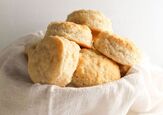
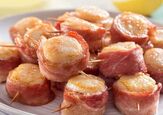
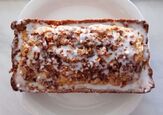

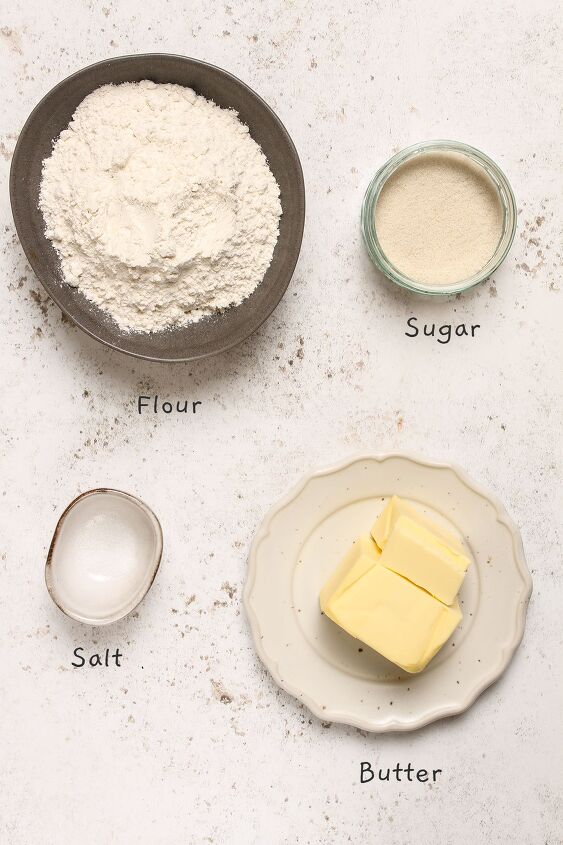








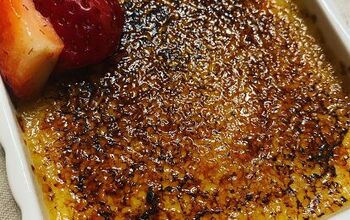


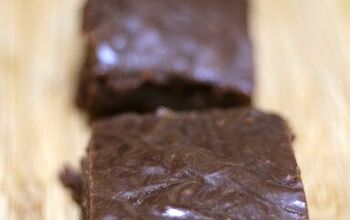


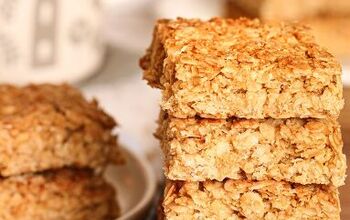
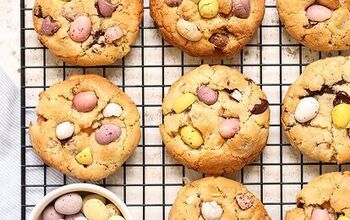
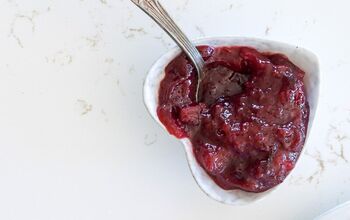

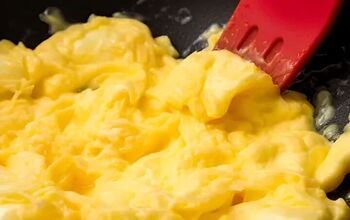
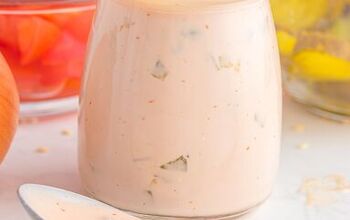
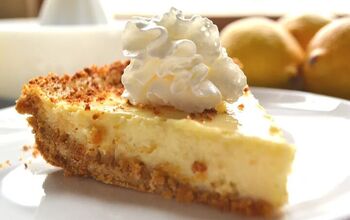
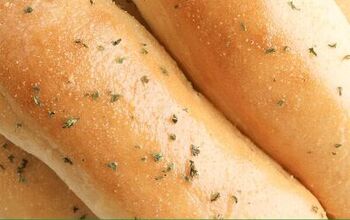
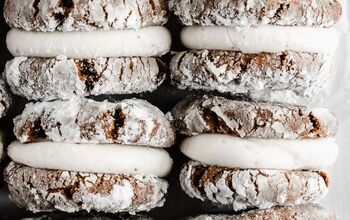
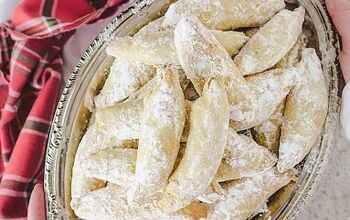
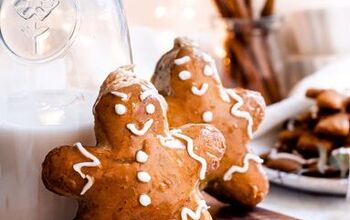
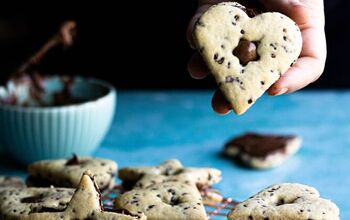
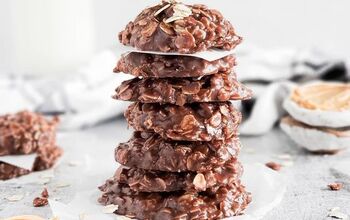
Comments
Share your thoughts, or ask a question!
How many or much of a stick is 1/3 cup?
Can Almond Flour be used for those needed a healthier Carb count?
Pam N. - in VA